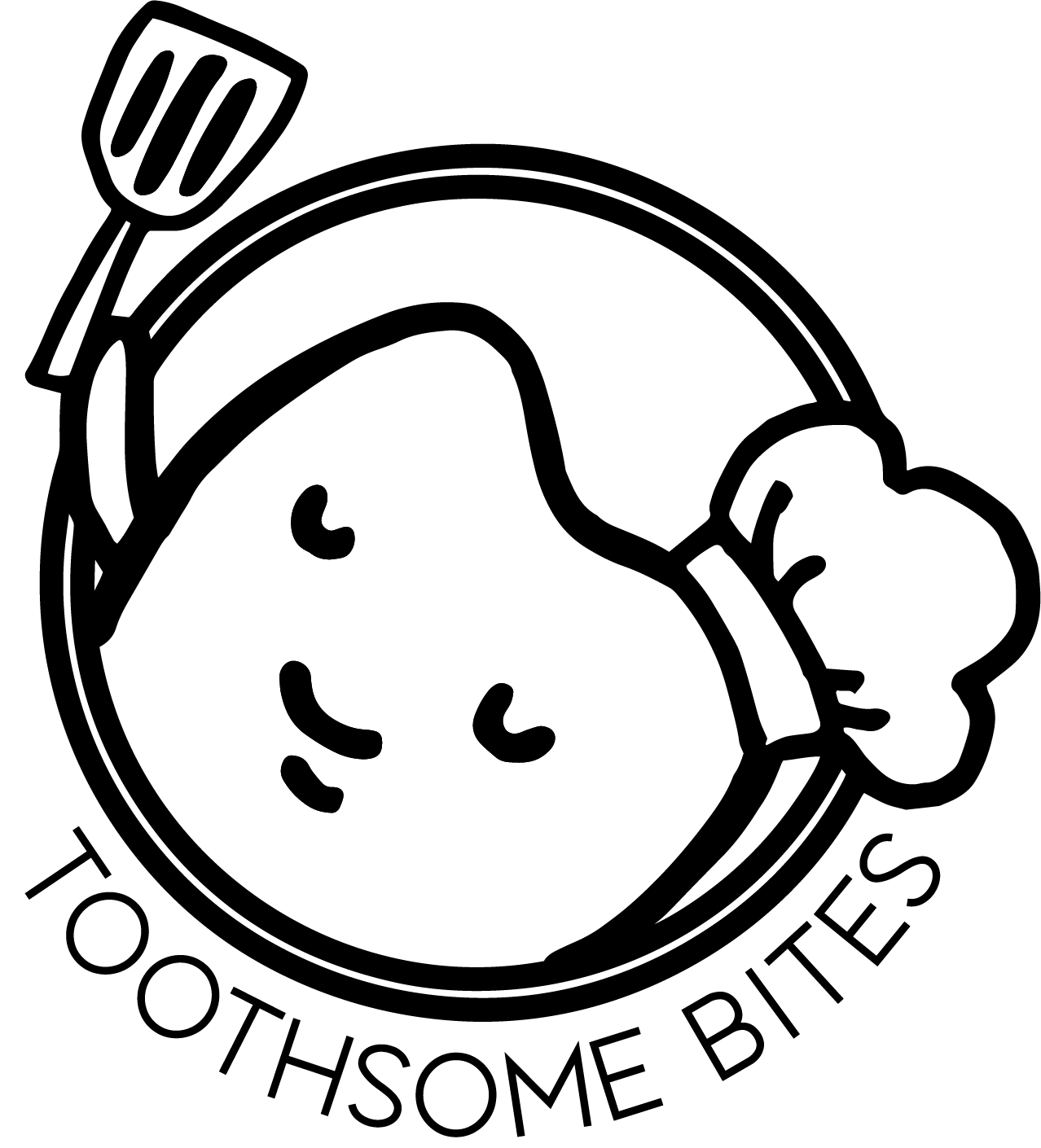As a general dentist, I would be remiss if I didn’t at least briefly address proper oral hygiene and basic nutrition! Everything here is simply my general advice. If you have a specific question regarding your oral health/condition, I recommend seeking the help of your local dental professional who can properly examine you and collect the necessary diagnostic information. If you somehow stumbled upon this page and have a severe dental emergency, what are you doing?! Go seek your hospital’s Urgent Care right now (hope you feel better soon!).
regular visits to your local dentist
I promise this is not for job security (haha)! It is important to have a dental home where you can visit your dentist at regular intervals for an exam, professional cleaning, and any necessary x-rays. This interval is usually every 6 months, but can be as frequent as every 3-4 months as determined by your dentist. Regular check-up X-rays are usually taken annually, unless there’s a need to take additional x-rays to diagnose a condition.
Prevention is key! Don’t wait until your teeth hurt to visit your dentist. With dentistry, ignorance is most definitely not bliss! Find yourself an honest, caring, and skilled dentist, and give yourself the best chance of having a lifetime of healthy chompers to enjoy the delicious food this world has to offer!
oral hygiene instructions (the basics!)
Brush twice daily with fluoridated toothpaste:
Brushing for 2 minutes (30 seconds per quadrant) with a fluoride-containing toothpaste will help to prevent tooth decay. Fluoride is effective and safe when used as directed. It promotes remineralization and slows down demineralization. Fluoride combines with the calcium and phosphate ions found within your teeth to produce a crystalline lattice called fluoroapatite, which is far more resistant to decay!
Any toothpaste with the American Dental Association (ADA) Seal of Approval is recommended! If you are strongly opposed to fluoride toothpaste, use caution to avoid any toothpaste that is high in abrasives. You can check the Relative Dentin Abrasivity (RDA) levels of your toothpaste online (try not to exceed an RDA of 100)! Highly abrasive toothpaste may permanently strip away enamel, leaving your teeth more sensitive to cold, heat, and sweets.
Amount of Toothpaste:
For infants and toddlers: a rice-sized amount or a light smear of toothpaste is the perfect amount that will help strengthen your child’s teeth to prevent tooth decay and is unlikely to cause any problems if swallowed.
For children >3 years old, adolescents, and adults: a pea-sized amount of toothpaste is recommended.
Technique:
With your toothbrush against your gum line and at a 45-degree angle to your gums, gently move your brush in little circles from tooth to tooth. Do this for the inner and outer surfaces of each tooth.
Brush the chewing surfaces of your teeth with a back-and-forth motion, allowing the bristles to clean into your tooth’s anatomical grooves. This type of motion should be reserved for the chewing surface. Brushing back-and-forth on the sides of your teeth may cause gum recession and toothbrush abrasion.
Finally, use the top portion of your brush in a gentle up-and-down motion to clean the back sides of your top and bottom front teeth.
If possible, try not to rinse after you brush. Spit out the toothpaste instead. Rinsing with water will limit fluoride’s active time to strengthen your teeth. The scarce amount of toothpaste is highly unlikely to do any harm to your body.
Floss once daily
Use a sufficient amount of floss and wrap each end of the floss 2-3 times around your middle or index finger. With a gentle rubbing motion, make a “C-shape” to hug around each tooth and guide the floss slowly towards the gums. Don’t rush and snap the floss into your gums. As you move up and down from tooth to tooth, unwind the clean floss on one finger and wind up the used floss with the other.
Other adjuncts that are also helpful include: fluoride mouth-rinses, water or air flossers, and chewing sugar-free (Xylitol-containing) gum. If you are prone to getting cavities, your dentist may even prescribe a special higher concentration fluoride toothpaste for you!
Diet and nutrition
Most of us already know that a healthy diet consists of food that is low in saturated and trans fats, salt (sodium), and added sugars. Whole grains, fruits, vegetables, low-fat dairy products, lean meats, poultry, and fish are also great sources of nutrition. But, let’s be real… it’s hard to eat like that every day. Sometimes, you just gotta “treat yo’ self”! Some of the food on this site may not necessarily be the most hearty and nutritious, but…everything in moderation, right?
The key is to avoid a steady and frequent supply of sugary and acidic foods and drinks. Eat regular meals and avoid snacking throughout the day (i.e. in between meals). The sugars and starches will feed the bacteria naturally occurring in your mouth to produce an acidic environment that is more prone to tooth decay. It’s fine to indulge in a sweet treat once in a while. Just be sure to brush with fluoridated toothpaste afterwards.
the mouth-body connection
The mouth is surely the window into the health of the body. Eat healthy and take good care of your teeth & gums! Research has shown a plethora of links between periodontal (gum) disease and other systemic health problems, such as cardiovascular disease, diabetes mellitus, stroke, and bacterial pneumonia. Oral hygiene & prevention is an important step to maintaining your overall physical health! Many infections and nutritional deficiencies can be observed in the mouth, and some systemic diseases may even present first as oral lesions, so make sure to have regular visits to your local dental professional!





